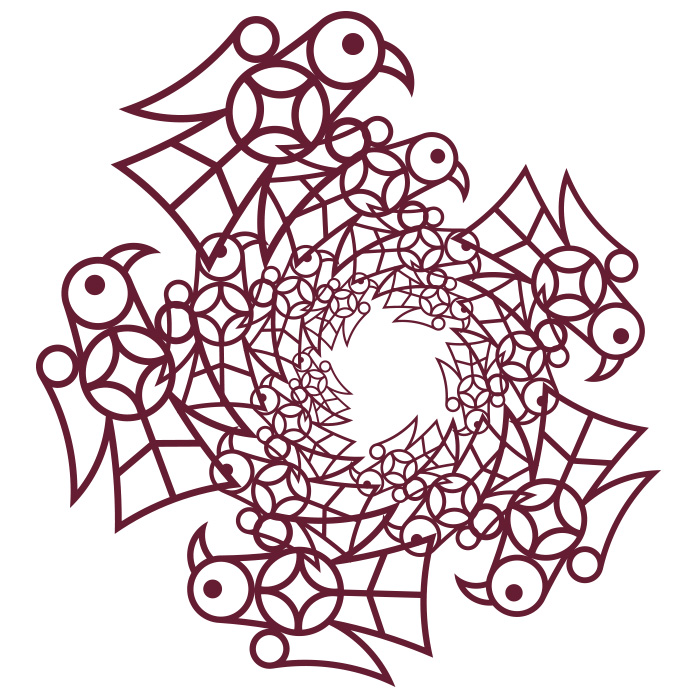There is seemingly nothing more unfamiliar to the people of the 21st century than the art of southern Europe, the Byzantine East and
This method is based on the tradition of the historiography of art history in Bohemia and Moravia, and on the legacy of The Vienna School of Art History, which
also influenced the Department of Art History in Brno. After the First World War, a significant international institution resided in Czechoslovakia –
Institutum Kondakovianum, founded in honour of Nikodim Pavlovič Kondakov, who had passed away in Prague in 1925. Furthermore, international periodicals with focused
on Byzantium and the East were published during the interwar period in Czechoslovakia: Byzantinoslavica and Seminarium Kondakovianum. We need to emphasize the fact
that the required studies at The Vienna School of Art History were created as a result of the research on the Early Middle Ages and Byzantium. We have to mention
especially the classic works by Franz Wickhoff, Römische Kunst (Die Wiener Genesis) (Wien, 1895) and Alois Riegl, Die Spätrömische
The activities of the Center are to a large extent dependent on the volunteer work of students from the Department of Art History in Brno who, since November 2011, have also been organising regular public lectures, “Středověc Jinax”. These lectures are not targeted only at the academic audience, but also at the general public.

